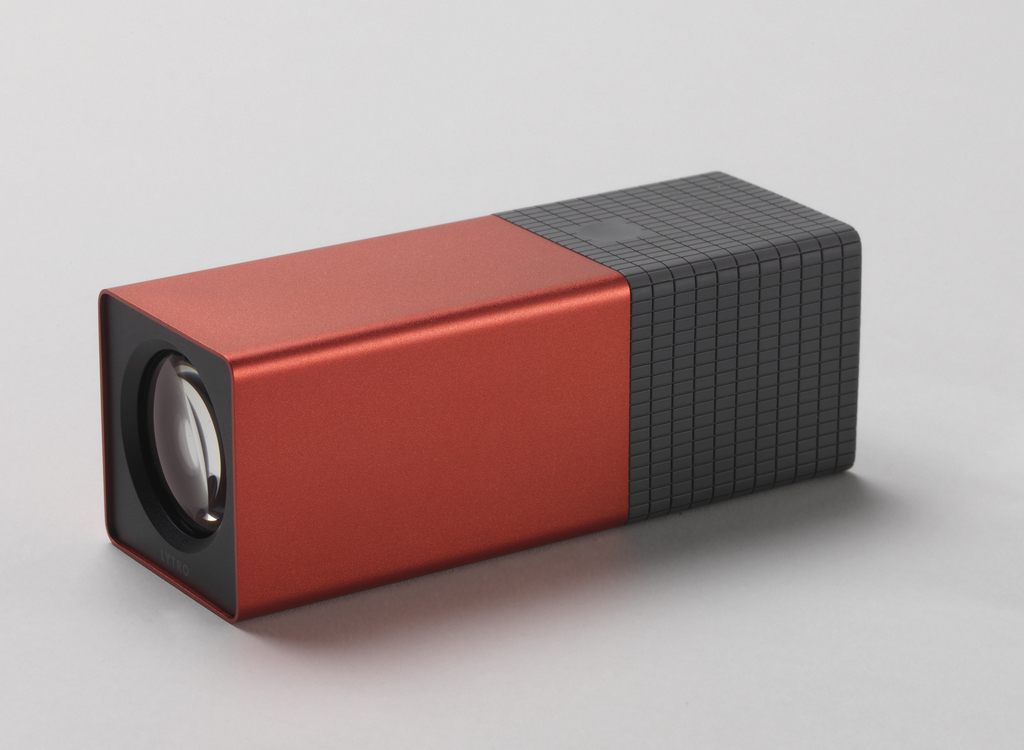Throughout the history of photography, advances in technology – from daguerreotype to digital photography – have continued to propel the field forward. The Lytro camera represents the first major shift in consumer photography since digital image capture was invented in 1975, and marks a significant turning point in photography’s history by offering users the possibility to think about photographs differently. Innovations in light-field photography enable a photograph taken with a Lytro camera to be refocused innumerable times after the picture is taken – rather than before. The Lytro represents the first time that the sequential steps required to take a photograph, in which the user focuses on the subject and pushes a button to record the image, have changed.
To do this, the Lytro camera makes use of light-field photography. Not only do its sensors register the color and light coming through the lens the moment a photograph is recorded, as all digital cameras do, but the Lytro also preserves information about the direction of the light’s source. This results in an image that is dynamic and can be constantly refocused.
Beyond its advances in photographic technology, this first-generation Lytro introduces a new archetype in the design of its consumer camera. Meant to be held like a spyglass, the camera’s housing (designed by 2013 National Design Award winners NewDealDesign) veers from the traditional point-and-shoot camera, typified by the rectangular 1937 Purma Special camera designed by Raymond Loewy in the museum’s collection. The pocket-sized Lytro camera has a rectangular prism shape, with two square end faces; one houses the lens and the other, an LCD touchscreen. The touchscreen provides functionality in addition to the recessed shutter release and zoom buttons located on the top of the camera. The user interface of the touchscreen allows users to refocus an image, scroll through images stored on the camera, delete images, or upload them via a USB port. Instead of a flash, the Lytro utilizes an image sensor for good detail in low light. A fixed f/2 aperture means the shutter speed and ISO are automatically adjusted for each shot. The Lytro camera is a first-generation product that combines technological innovations in digital photography with a new design that reframes the user’s relationship to photographed images, marking a critical moment in the history of photography.
